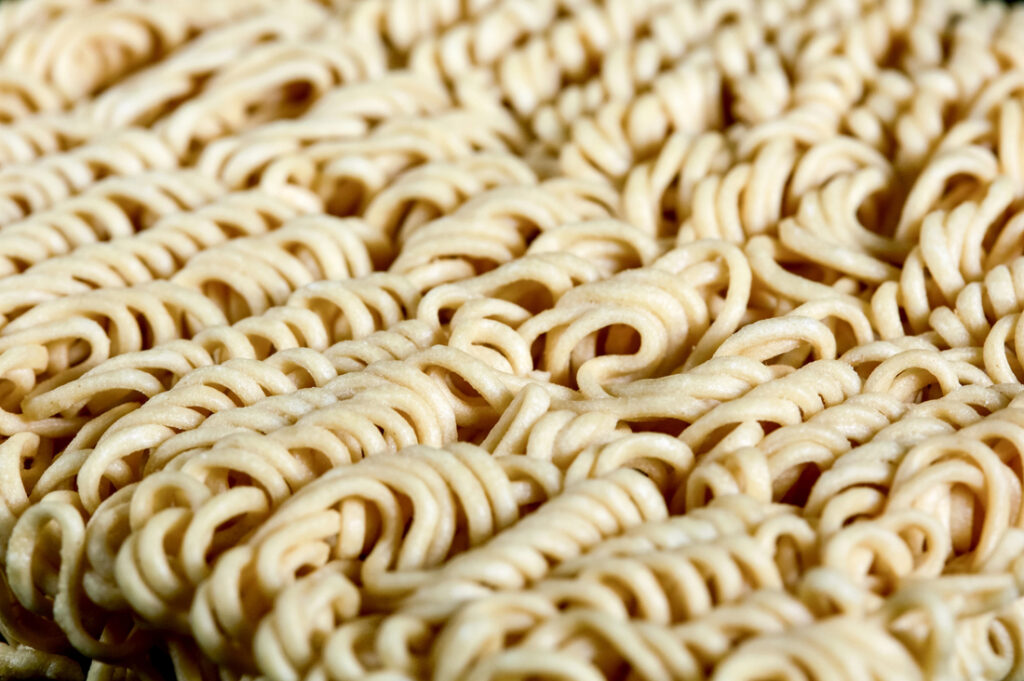They say you do not truly appreciate food until you do time. That is when you learn that nutrition is optional, seasoning is a luxury, and mystery meat is not just a figure of speech.
Prison meals are built on one principle. Keep it cheap. With budgets often under a dollar per meal per person, quality takes a backseat. What lands on your tray depends on the facility, but the basic formula is the same. Starch, processed protein, and something green that may or may not have been fresh in the last decade.

A standard breakfast might include toast, powdered eggs, and oatmeal thick enough to be used as construction adhesive. Lunch is usually a sandwich made with the cheapest bread known to man, filled with peanut butter, bologna, or something that claims to be tuna salad. The side dish is a spoonful of canned vegetables with the color boiled out of them. Dinner is the main event. It might be a slice of meatloaf held together by willpower and soy protein, or a breaded chicken patty that has the texture of a bicycle tire. It comes with instant mashed potatoes or overcooked rice drowned in a sauce that tastes vaguely metallic.
Nobody expects gourmet meals in prison, but there is a fine line between cheap and inedible. Many facilities source ingredients from the lowest bidder, which means mystery meat is more than a joke. It is a genuine concern. The portions might meet basic caloric needs, but if you want food that actually tastes good, you are better off finding a workaround.
With a little creativity and a few extra commissary items, prisoners have learned to turn bland, factory-produced meals into something closer to real food. The most valuable ingredient in any prison kitchen is ramen noodles. They are cheap, filling, and versatile. You can eat them as soup, use them in burritos, or mix them with canned chili to create a meal that might actually have some flavor. Some inmates crush up chips, add hot sauce, and mix everything in a plastic bag to make a spread, which is a kind of prison potluck where everyone contributes whatever they have. Desserts are harder to come by, but with enough patience, you can melt down coffee creamer and sugar to make caramel sauce.

Ramen will buy anything from smuggled fruit to laundry services from fellow inmates, a study at one prison finds. It’s not just that ramen is tasty: Prisoners say they’re not getting enough food.
Commissary food is as good as currency. Ramen packs, honey buns, instant coffee, and canned tuna are worth their weight in gold. They can be traded for favors, haircuts, gambling debts, or even a meal swap if what lands on your tray is too risky to eat. If the kitchen serves something particularly disgusting, you will see the price of a ramen pack double overnight.
As funny as some of these meal hacks are, the reality is that prison food is not just bad. It is often barely enough to meet basic nutrition needs. Budget cuts mean portions shrink, ingredients get cheaper, and food quality declines. Some meals are so bad they have led to lawsuits over spoiled meat, moldy bread, and food that arrived undercooked.
Prison is not supposed to be comfortable, but should that mean eating food that would be rejected by a school cafeteria? Some people argue that inmates do not deserve anything better, that prison is punishment and bad food comes with the sentence. Others point out that even animal shelters have to meet minimum nutrition standards, so maybe humans should get the same consideration.
Either way, nobody is committing crimes for the food.

– Ed, Never incarcerated
Stories can be published anonymously, with a first name, or with more details if you choose. Your story, your choice.
